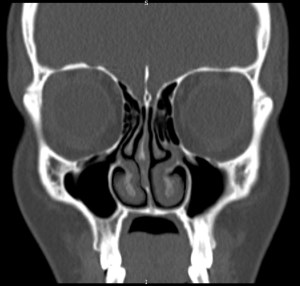
The turbinates are bone covered with mucous membrane that define the lateral wall of the nasal cavity. In each nasal passage there are 3 the turbinates are always present (bottom, medium, top) and one accessory (Supreme).
The turbinates are able to increase or decrease their thickness checking blood flow of the submucosa: they can adjust the air flow ’. The inferior turbinates are mainly responsible for this phenomenon since the passage of the higher air ’ in the lower part of the nasal cavity. Continue reading
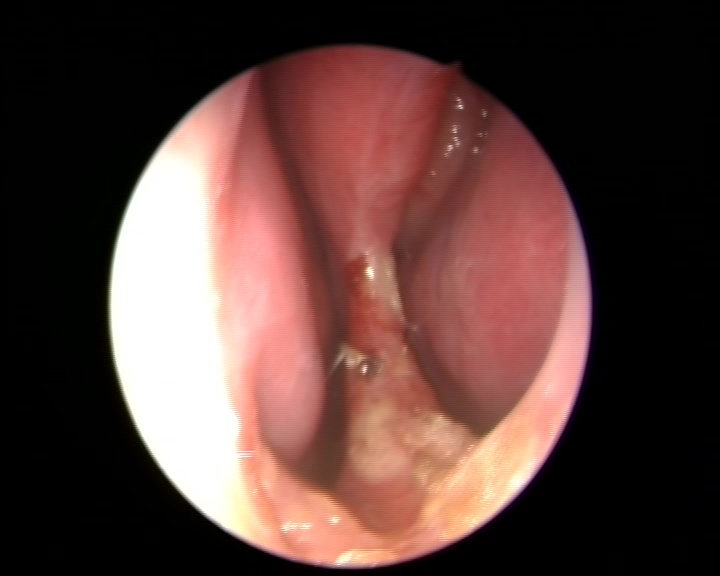
 Wegener with polyangiitis (GPA or with an old terminology Wegener's Granulomatosis) is a rare Vasculitis affecting small and medium-sized vessels that may involve many organs with predilection for the upper and lower Airways and for kidneys.
Wegener with polyangiitis (GPA or with an old terminology Wegener's Granulomatosis) is a rare Vasculitis affecting small and medium-sized vessels that may involve many organs with predilection for the upper and lower Airways and for kidneys.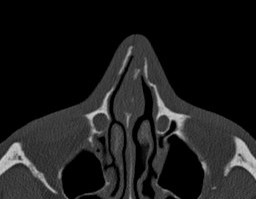 Are very frequent, can be isolated or associated with other cranial fractures.
Are very frequent, can be isolated or associated with other cranial fractures.

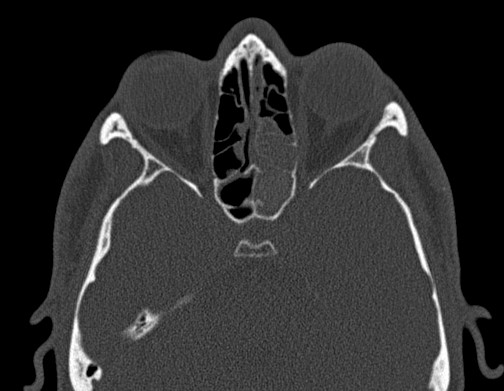
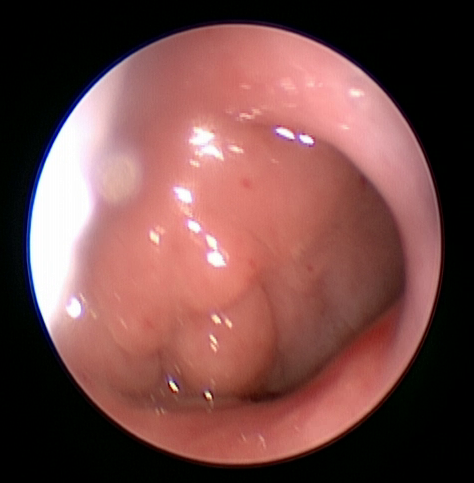 Pharyngeal tonsils or adenoids are lymphatic organ which is part of Waldeyer's ring and ’ are placed in the posterior wall of the nasopharyngeal cable, Anatomic area that connects the nasal cavity and oropharynx ’ where l drain the auditory tube tube. Given the small size of the bones of the child the nasopharyngeal cable has a greatly reduced volume than that of adult ’, also given the increased activity of lymphatic tissue in children volume adenoids is greater than that of adult ’. We understand how much easier it can occupy the adenoid tissue nasopharyngeal cable in the child. Adenoid tissue in children is physiologically hypertrophy but we speak of adenoid hypertrophy real when l ’ dimensions given lymphatic tissue causing problems.
Pharyngeal tonsils or adenoids are lymphatic organ which is part of Waldeyer's ring and ’ are placed in the posterior wall of the nasopharyngeal cable, Anatomic area that connects the nasal cavity and oropharynx ’ where l drain the auditory tube tube. Given the small size of the bones of the child the nasopharyngeal cable has a greatly reduced volume than that of adult ’, also given the increased activity of lymphatic tissue in children volume adenoids is greater than that of adult ’. We understand how much easier it can occupy the adenoid tissue nasopharyngeal cable in the child. Adenoid tissue in children is physiologically hypertrophy but we speak of adenoid hypertrophy real when l ’ dimensions given lymphatic tissue causing problems.








